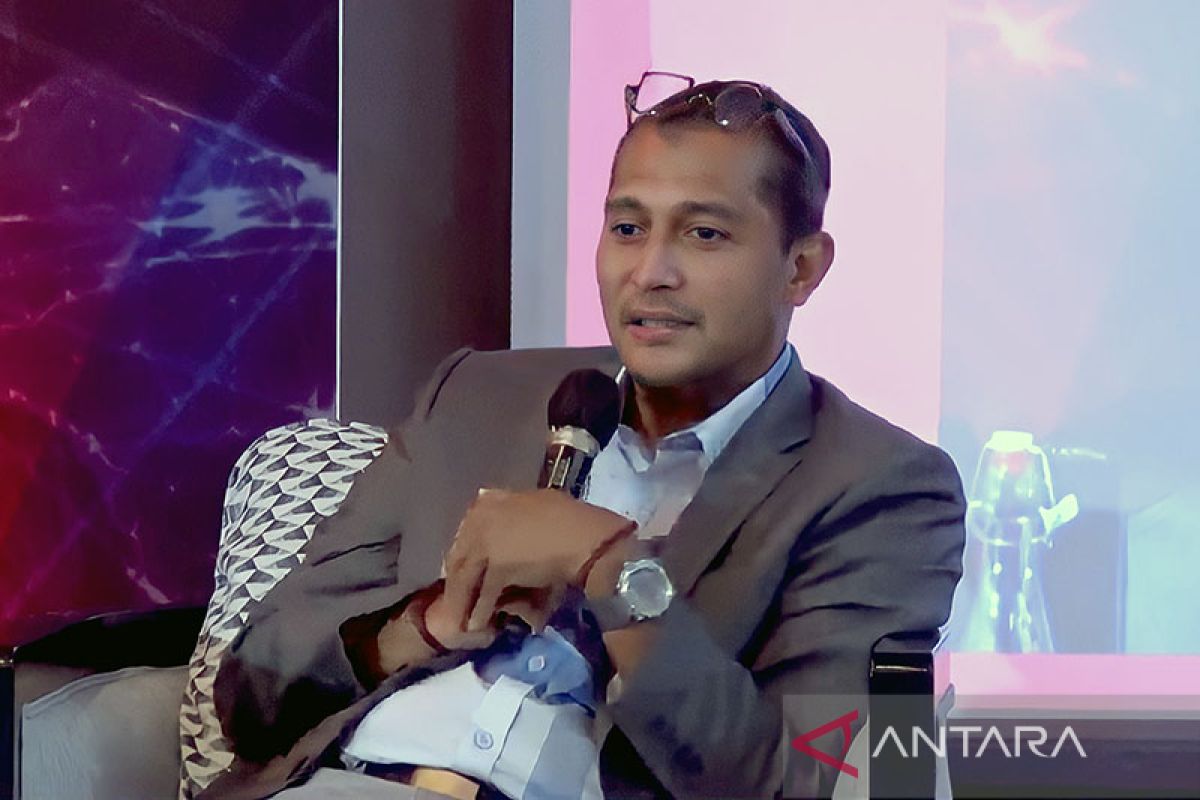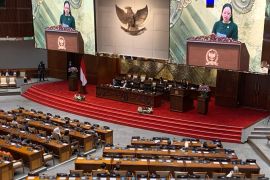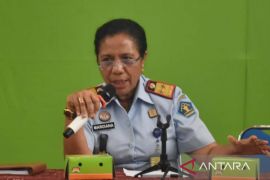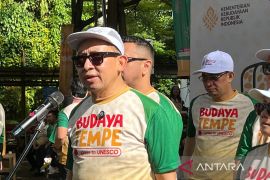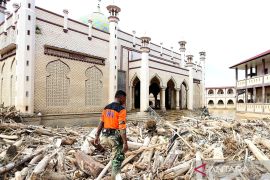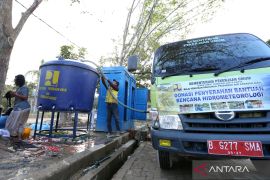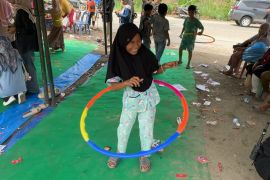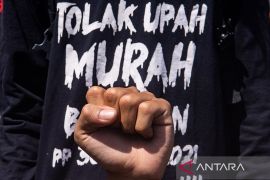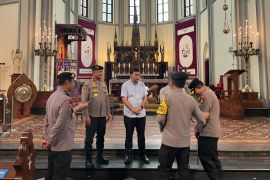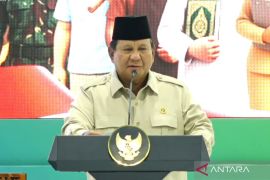"This is a historical commentary, a comment (made out of nowhere), and can be deemed as blasphemous," Deputy Minister of Law and Human Rights Edward Omar Sharif Hiariej said here on Friday.
From 2014 to 2019, when the Draft Criminal Code was formulated, the government team changed twice. At that time, there were more than six thousand problem inventory lists (DIM) from civil society coalitions.
Moreover, the discussion of the draft code involved various sections of the general public. Reservations were also conveyed when it was about to be ratified in 2019.
However, Hiariej said, the demonstration that occurred early on was not against the Draft Criminal Code itself, but was targeted at the revision to the Law of Corruption Eradication Commission.
"They actually targeted (the protest) toward the Law of Corruption Eradication Commission, but because the demonstration was very massive, it was (bundled up with other) rejections against the Draft Criminal Code and the Correctional Bill," he informed.
Afterward, the President realized there was a political element and withdrew the Draft Criminal Code on September 19, 2019, he said.
The President then called upon stakeholders, including the Law and Human Rights Ministry and a team of experts, and agreed with Commission III that 14 crucial issues in the Draft Criminal Code must be disseminated to the general public.
“This (dissemination) was conducted by the Law and Human Rights Ministry throughout 2021 in 12 cities, starting in Medan on February 25 and ending in Jakarta on June 14," he said.
Thus, Hiariej reiterated, the contention that people were not informed about the Draft Criminal Code is wrong.
Related news: Drafting of criminal code law must involve public participation
Related news: Some minor offences excluded from criminal code bill: Ministry
Translator: M Zulfikar, Mecca Yumna
Editor: Rahmad Nasution
Copyright © ANTARA 2022
